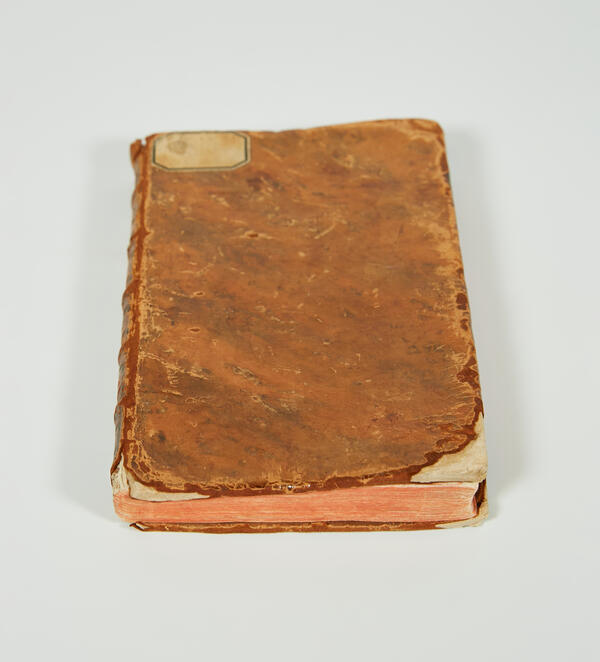The permanent exhibition of the Museum of Moscow presents “Description of the Imperial Capital City of Moscow” — the first guidebook to Moscow. Its author, Vasily Ruban, was a writer of the Catherine the Great era. He was also a poet, translator, journalist and publisher, author of numerous works.
Ruban is one of the most prolific literary figures of the second half of the 18th century. However, contemporaries and later researchers noted that most of his poetic works were weak. Nevertheless, Ruban became famous as the author of the first guidebooks. Three years prior to publishing “Description of the Imperial Capital City of Moscow” he became famous for “Description of St. Petersburg” (on the title page of his guide to Moscow Ruban calls himself the “publisher of the Description of St. Petersburg”).
The first Moscow guidebook had practical significance, as it provided topographic and statistical data. The structure of the guide was based on the administrative division of Moscow into 14 police districts, as well as on the historically developed layout of the city. Each chapter is preceded by brief information about its borders:





